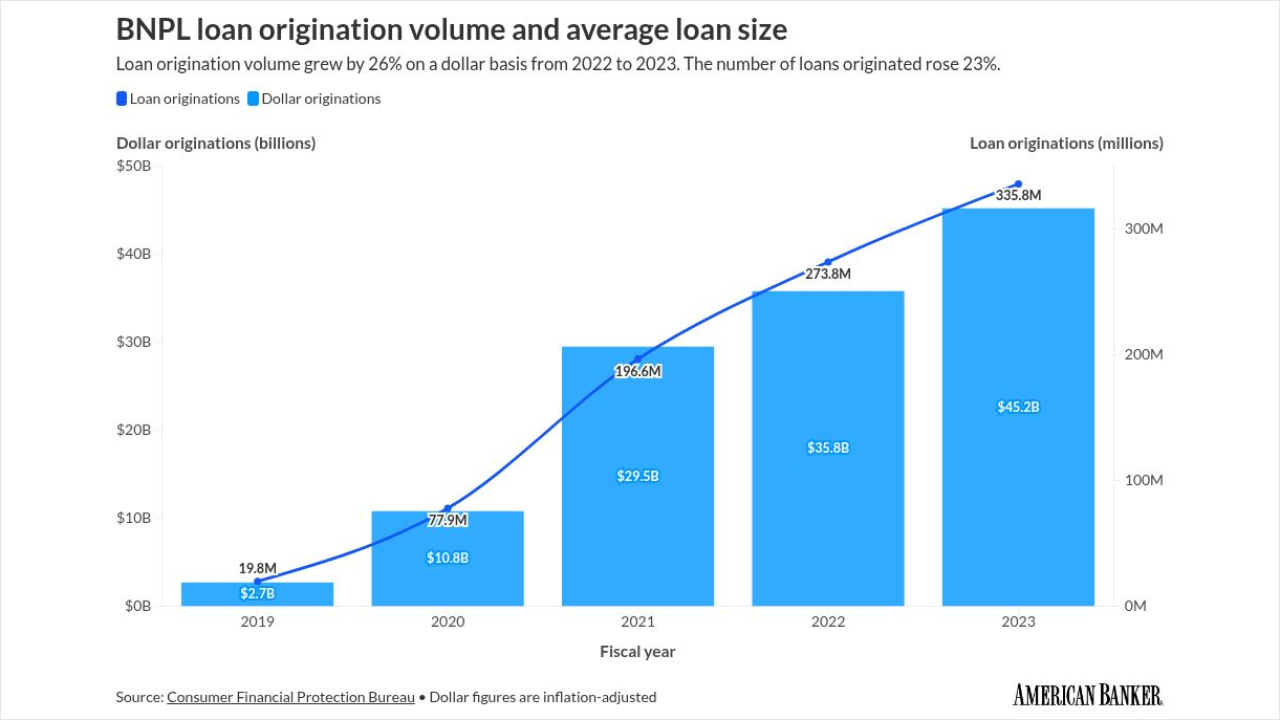(Bloomberg) -- The US government plans to borrow $100 billion in a single Treasury debt sale this week, an unprecedented figure that showcases both the magnitude of its borrowing needs and its ability to attract investors.
The Treasury said on Tuesday that it will auction $100 billion of four-week bills on Thursday, a record for the maturity and an increase of $5 billion from the previous week.
The department has been boosting bill sales to rebuild its cash balance after the debt ceiling was lifted at the beginning of July. But the mammoth size is also likely a harbinger of growing bill auctions ahead to help plug the federal budget deficit.
Last week, the Treasury signaled it will rely more on the shortest-dated securities to fund the spending gap at least until 2026, after Treasury Secretary Scott Bessent said in June that yields on longer maturities were too high to consider increasing sales of such debt. The department said it anticipates additional increases in October.
"The increase is just the start given Treasury's desire to focus on additional bill issuance in the coming quarters and years," said Gennadiy Goldberg, head of US interest-rate strategy at TD Securities. "So while markets will likely focus on the size, bill auction sizes are only likely to grow further in the coming years."
To put the size of the four-week offering in context, the government will also sell a combined $125 billion of coupon-bearing securities this week: $58 billion of three-year notes on Tuesday, $42 billion of 10-year notes Wednesday and $25 billion of 30-year debt Thursday.
The four-week bill offer is also equivalent to more than a quarter of the total amount of bonds the UK sold in its 2024-2025 fiscal year.
The latest T-bill increase follows the $5 billion boost in the six-week tenor that was announced last week, to be sold Tuesday. Treasury will also sell $65 billion of 17-week bills Wednesday and $85 billion of 8-week bills on Thursday. Both amounts are unchanged.
With cash flowing into US money-market funds, which now hold about $7.4 trillion, there appears to be ample demand for the upsized bill sales, at least for now.
Fed Watch
One potential complication for money-fund managers is that the Federal Reserve is expected to lower interest rates again as soon as September. When rate cuts are seen as being on the horizon, as has been the case for months, the funds tend to extend the weighted average maturity of their holdings, favoring bills that will carry higher rates for longer.
As a result, the weighted average maturity of government money funds — which invest primarily in securities such as T-bills, repurchase agreements and agency debt — has been around 40 days since May, near a record high, according to Bank of America. To BofA strategists Katie Craig and Mark Cabana, that means the funds may not have much capacity to extend and absorb bill supply at tenors longer than 1.5 months.
Still, at this point there's little reason to worry about a broad decline in appetite for T-bills on the part of money funds, given that even those that aren't Treasury-only funds use the securities to help fulfill daily liquidity requirements, according to Peter Crane, president of Crane Data LLC.
To be sure, Treasury has already borrowed larger amounts via a single security, but those were created via a series of auctions spread out over months. For example, the single largest Treasury on record is a $335 billion issue that matured in April. It began as a $46 billion 1-year bill sold in April 2024 and was expanded via a succession of bill auctions over the following year.
The Trump administration has said that its economic policies will lift US growth and increase the Treasury's revenue — reducing deficits. However, most analysts expect outsize borrowing needs for years to come, suggesting the government eventually will need to boost sales of debt across maturities.
One reason is that doing so would prevent bills from comprising too great a share of US debt outstanding. The ratio at the end of June level was about 20%. That's the level that the Treasury Borrowing Advisory Committee, an outside panel, recommended last year that bills should average over time.
--With assistance from Elizabeth Stanton and David Goodman.
(Adds comparison to UK issuance in 7th paragraph.)
More stories like this are available on bloomberg.com





